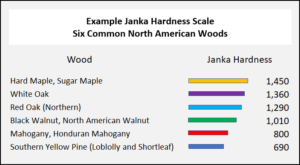Assessments
Each student has an assigned mentor starting from enrollment. The Mentor will follow their assigned student at e-VOTECH until the student graduates. The role of the mentor is to act as the “Master” in a cognitive apprentice learning model1. The mentor will perform on-going assessment of their assigned student’s (“Apprentices”) training performance using a rubric. This rubric is the standard for all courses taught at e-VOTECH.
| Evaluation Point | Does Not Meet Standards – 0 Points | Meets Standards – 15 Points | Exceeds Standards – 20 Points | Score |
|---|---|---|---|---|
| Student Maintains Contact with Mentor | Student does not correspond with their mentor. | Student sends introduction and a short e-mail whenever they complete a unit. | Student establishes a rapport with their Mentor, asking for clarification on topics and/or offering their thoughts | |
| Student Posts to Forums | Student does not make any attempt to post to the forums. | Student makes a short post to forums at the end of each unit, no engagement with other students. | Student makes repeated posts to forum topics and establishes engagement with other students. | |
| Student Utilizes Optional Learning topics | Student does not utilize any of the optional learning topics. | Student utilizes one to two optional learning topics. | Student utilizes all optional learning topics. | |
| Student Completes Course Within Time Constraints | Student does not Complete Course Within Time Constraints. | Student Completes Course By End of Allowed Time Constraints. | Student Completes Course Under The Time Constraints. | |
| Student Passes Final Exam | Student does not Complete their Final Exam. | Student Completes Final Exam with a minimum 75% score. | Student Passes Final Exam with a Score in Excess of 90%. | |
| Final Rubric Score |
The student’s Mentor will continue to work with them when the students move into the hands-on portions of their vocational training.
1. Brown, J. S., Collins, A., & Duguid, P. (1989). Situated cognition and the culture of learning. Educational Researcher, 18(1), pp. 32-42.







